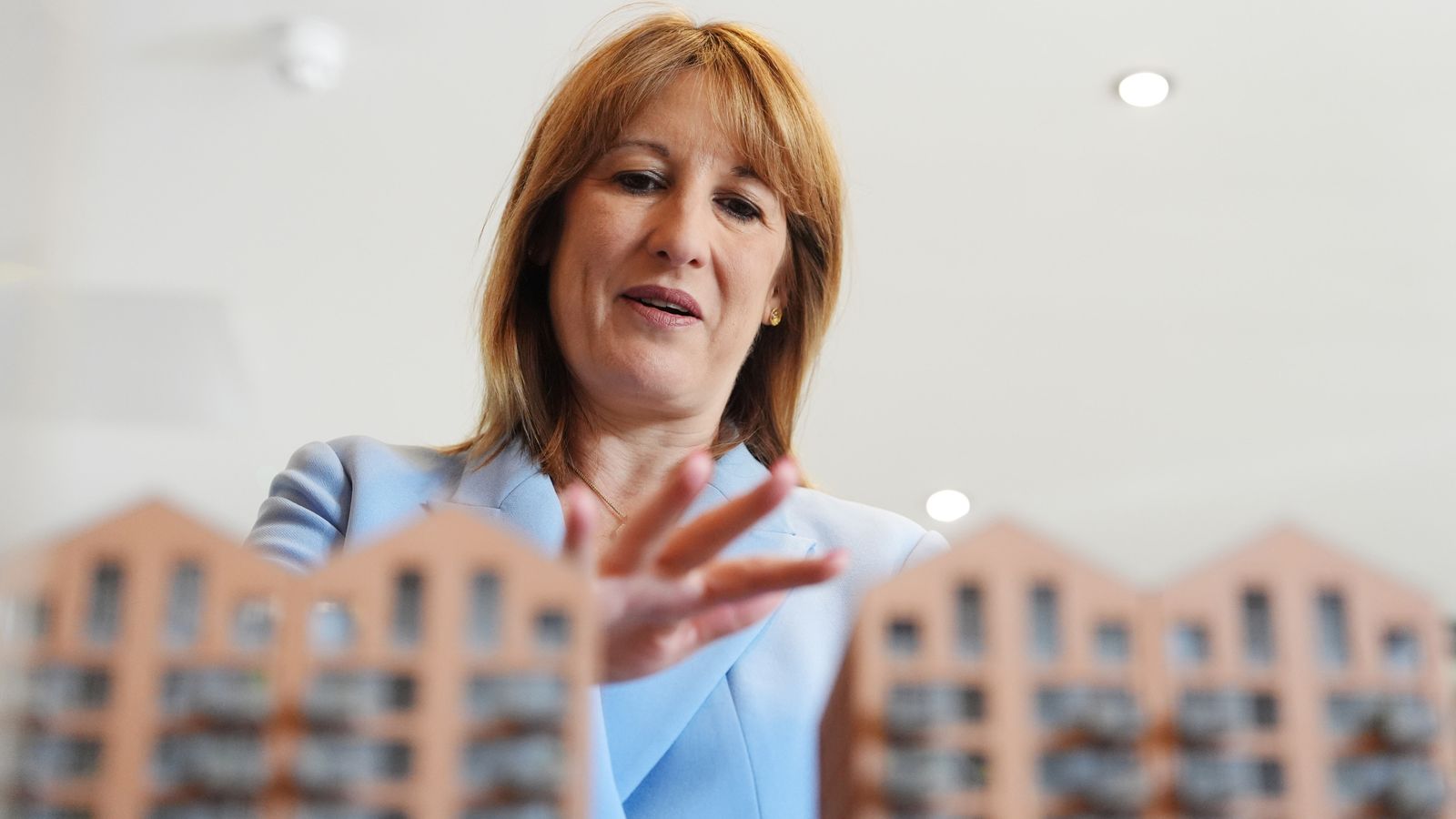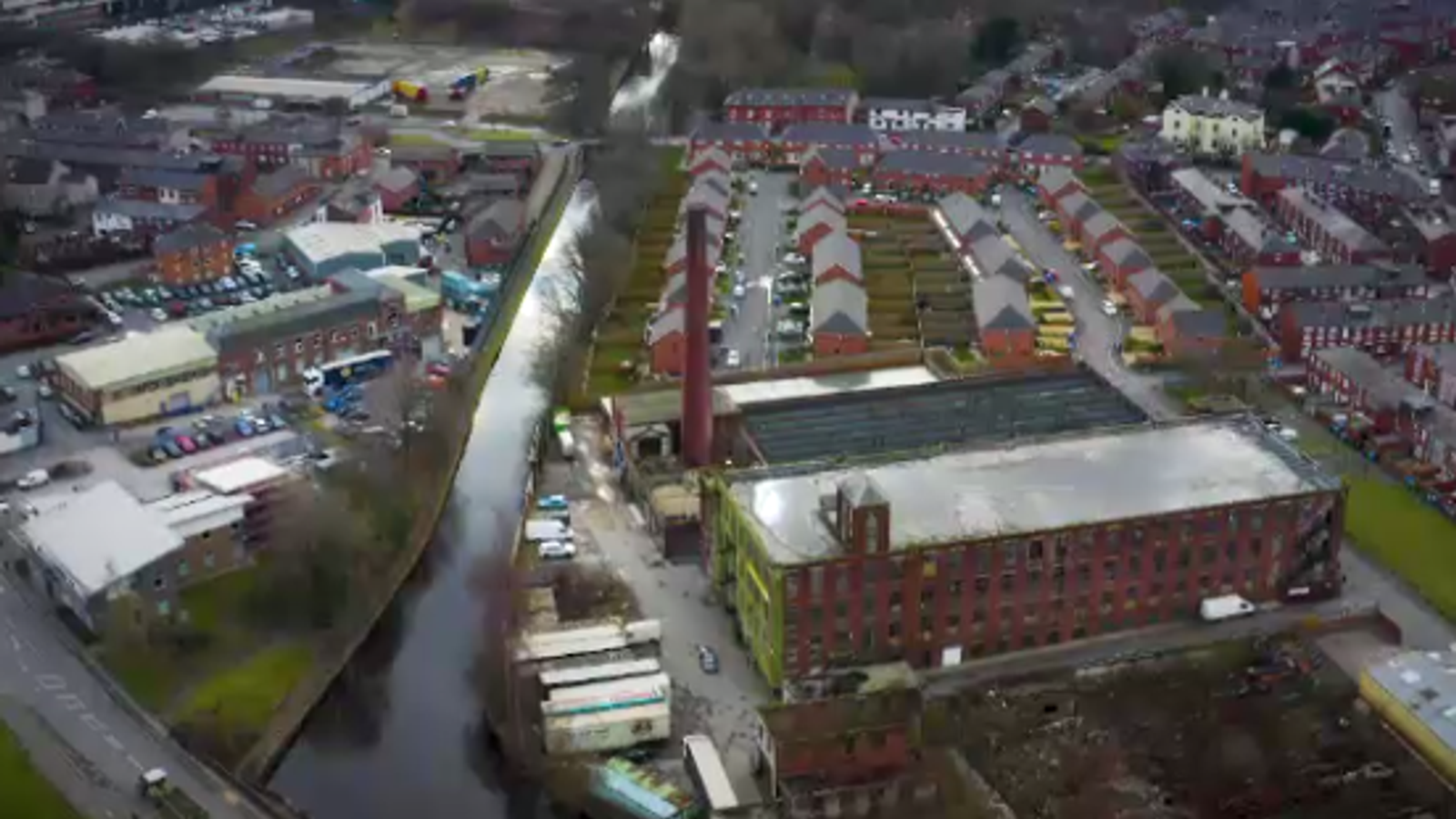It’ll take time, but it’ll be worth it (Picture: Getty Images)
The current tomato (and overall veggie) shortage has got a lot of people wondering: just what does it take to grow them ourselves?
The upside is that it’s fairly straightforward and very rewarding to grow your own tomatoes.
The downside? You’ll probably have to find something else to put in your salad for the time being, because it’ll take a little while for them to grow.
If you want to give it a go, Morris Hankinson, Founder and MD at Hopes Grove Nurseries, tells Metro.co.uk that the first thing you need to think about is whether you’ll be growing them outside or in a greenhouse.
He says: ‘When choosing the variety, the seed packet will state whether it’s a variety suitable for indoor, outdoor, or both.
‘It will also tell you whether it’s a “bush” variety needing no training or a “cordon” variety that needs to be grown up a vertical cane, stick or string for the best results.’
Once you’ve picked your seeds, Morris says getting them to germinate ‘is easy if you know how’.
‘To begin with,’ he tells us, ‘all you need is a small flower pot or seed tray filled to within a centimetre of the rim with good multipurpose compost. Give it a gentle firm to make it level, water it and then carefully spread the seeds evenly over the surface.
‘Cover them with the thinnest layer of the same fine compost (or fine vermiculite, which is even better if you can find it). Water them again and place them on a warm sunny windowsill or airing cupboard – but if you use [the latter] method, it’s important to check the seeds every day, as soon as you see the young plants emerging, bring them into the light of your window.
‘Keep them moist, but not drenched. You should see them germinate within a week or two. I always like to sow some basil seeds at the same time, not only do they like the same conditions to grow – they go together beautifully at harvest time.’
Around a month after you’ve sown these seeds, you’ll need to move the plants into their own pots so they have more room.
‘As a guide,’ says Morris, ‘the young plants should only have one pair of leaves and be two-three centimetres tall at this stage.
‘Gently tip the pot of young plants out and separate them to keep the roots of each individual plant as complete as you can, dibble one plant into each pot using a pencil or finger to dibble the hole, and firm them gently.
‘Water well afterwards and pop them back into the windowsill – things may get cramped in your windows at this stage. If you have a greenhouse they could go in it provided it’s frost free.’
‘I always like to sow some basil seeds at the same time’ (Picture: Getty Images/Mint Images RF)
Wait another four-six weeks, and the young tomato plants should have several pairs of leaves and be ready to plant in their forever spots.
‘They should be 10-20cm high by now,’ says Morris.
‘Earlier crops come from growing in a greenhouse, but if you don’t have one then outdoors is fine – choose the sunniest spot you can to help the fruits ripen later on. Plant them out in soil or grow bags, being sure to give them plenty of space.
‘Wherever you plant them, make sure all danger of frost has passed first before you plant them out or they may still be lost.’
If you planted basil too, you can nestle them in between the tomato plants.
Morris also recommends getting some French Marigolds and dotting them around the mix to help keep aphids away.
‘If you choose a bush variety [of tomato],’ he adds, ‘then some support may be needed to strengthen the branches as the weight of fruits increases. If you choose a cordon variety, then each plant needs a can or string to grow up.
‘Aim for a single stem growing vertically and remove any side shoots that appear. The horticultural reason is that the tomato is a plant of “indeterminate growth” – basically it will just keep growing and growing in every direction, so without training them neatly the fruits will not ripen due to the mass of leaves shading them.’
If the weather is warm and your plants get watered on the regular, they should grow and start sprouting yellow flowers fast.
More: Lifestyle
Morris says: ‘As the young tomatoes start to form and swell, give the plants a feed with tomato fertiliser (diluted as directed twice weekly when you water).
‘It’s important to keep the compost or soil evenly moist – fluctuating moisture levels can cause a variety of problems with the fruits like blossom end rot, or misshaped fruits. All such disorders can be a little frustrating, but the good news is they are almost always cured with regular and even watering.
‘By June or July, you should have the first ripe fruits ready for picking – July or August if you grow outside. Add some Basil and enjoy!’
Do you have a story to share?
Get in touch by emailing MetroLifestyleTeam@Metro.co.uk.
MORE : Three easy tomato-free salad recipes to make amid the vegetable shortage
MORE : Why is there a tomato shortage as UK supermarket shelves left bare?
MORE : Dominic Raab ‘hurled three tomatoes across a room at staff in fit of rage’
It’ll take time, but it’ll be worth it.





